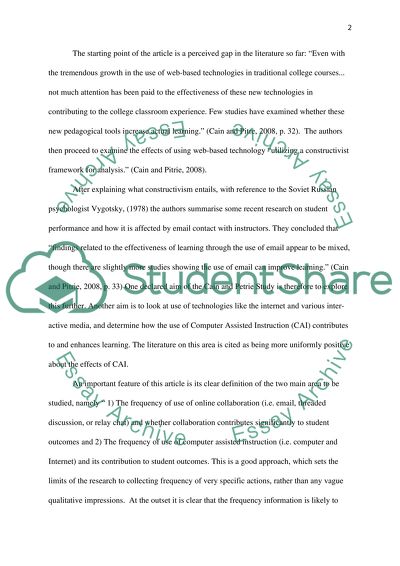Cite this document
(“Education: Evaluating the Research of others Essay”, n.d.)
Retrieved de https://studentshare.org/education/1391354-evaluating-the-research-of-others
Retrieved de https://studentshare.org/education/1391354-evaluating-the-research-of-others
(Education: Evaluating the Research of Others Essay)
https://studentshare.org/education/1391354-evaluating-the-research-of-others.
https://studentshare.org/education/1391354-evaluating-the-research-of-others.
“Education: Evaluating the Research of Others Essay”, n.d. https://studentshare.org/education/1391354-evaluating-the-research-of-others.


